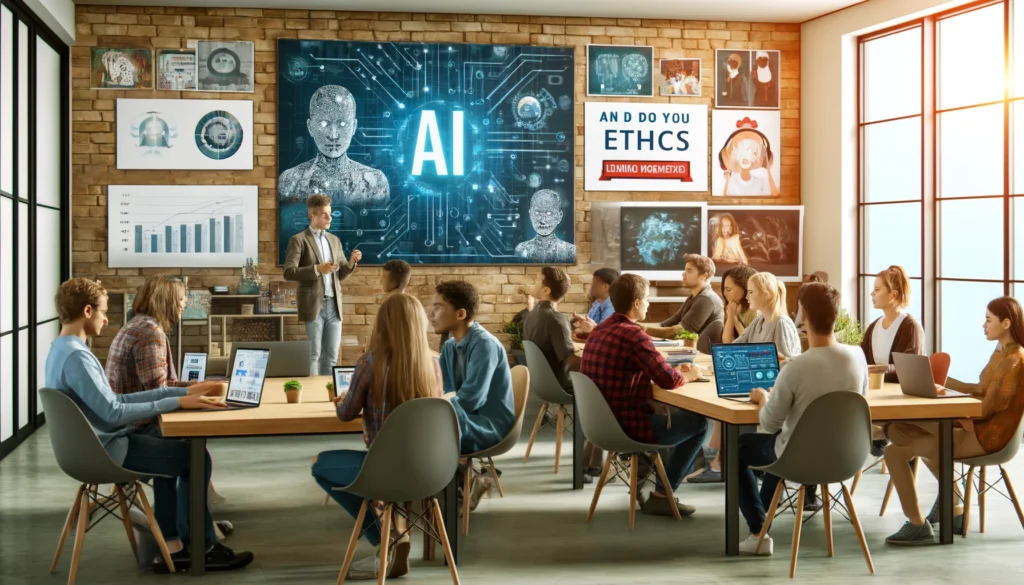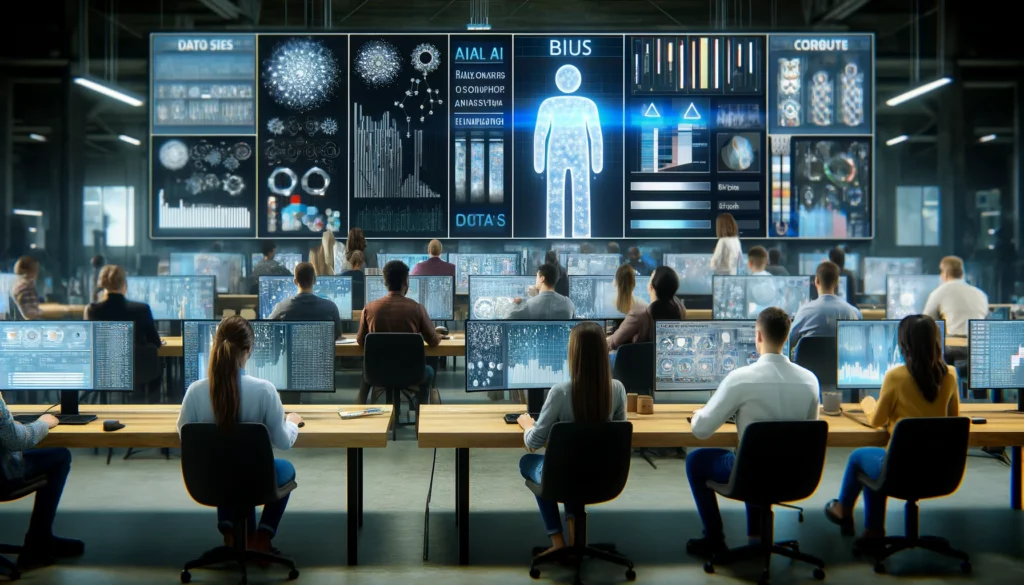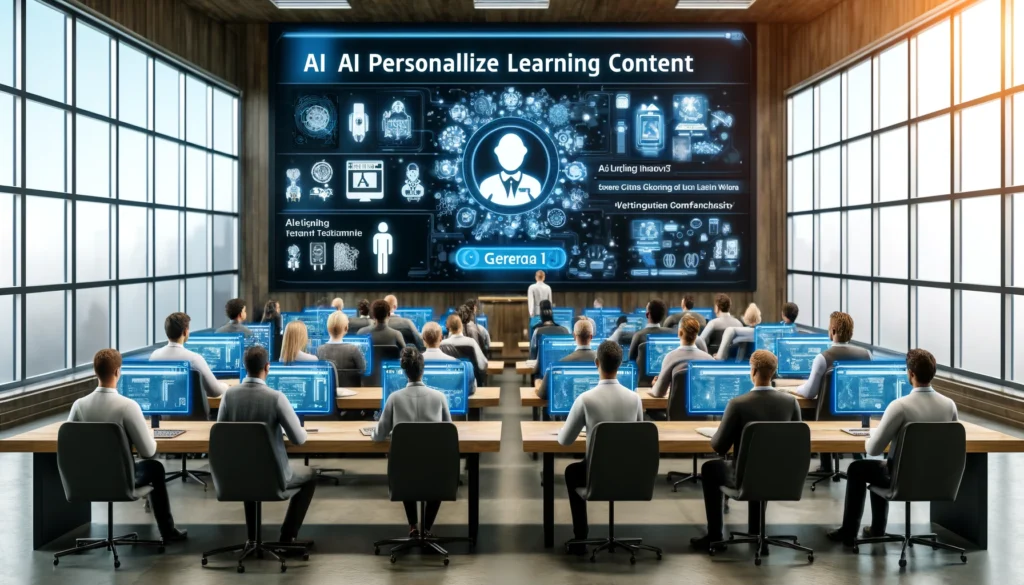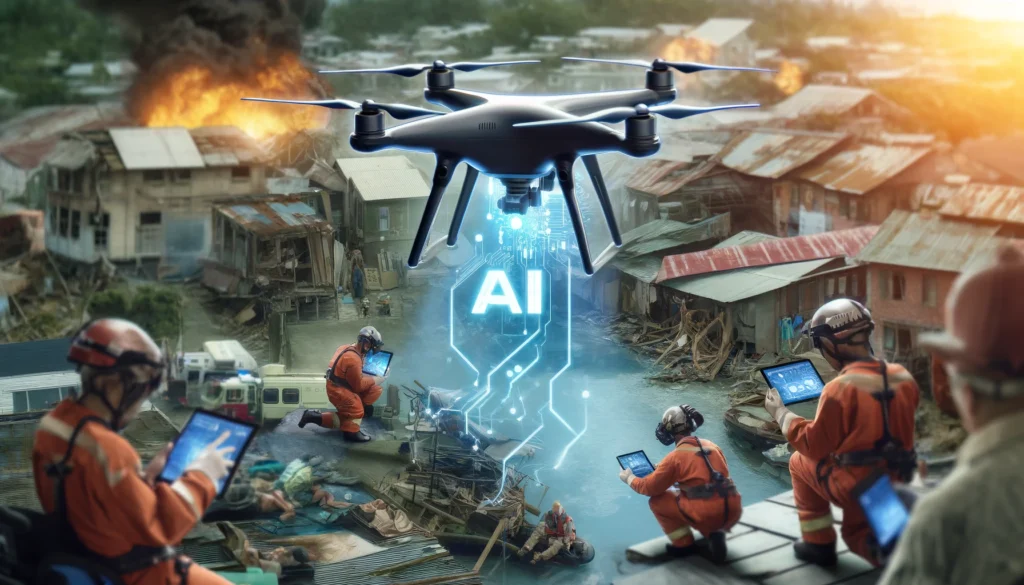
Engaging with open source projects offers a great way to deepen your understanding of artificial intelligence (AI) and make valuable contributions to the AI community. This approach not only boosts your technical skills but also connects you with AI enthusiasts. Importantly, contributing to these projects can significantly highlight the AI Employment Impact, showcasing how involvement in AI development can shape job roles and opportunities. In this article from the Tutorials and Guides series, we guide you on how to get involved with open source AI projects, complementing our ongoing discussions about AI development and applications across various sectors.
Why Open Source Matters in AI
Open source projects are crucial for AI development. They create a collaborative environment where individuals and organizations share ideas, tools, and data. This collaboration speeds up technological advancements and makes cutting-edge technology accessible to everyone. Both beginners and experts gain valuable hands-on experience and opportunities to advance AI technologies through participation.
Finding the Right Project
To start with open source AI projects, find a project that matches your interests and skill level. You can search on these platforms:
- GitHub: Being the largest repository of source code globally, GitHub offers an extensive range of AI projects, from beginner to advanced levels. You can look for projects tagged with “AI” or specific technologies such as “machine learning,” “deep learning,” or “neural networks.”
- Kaggle: Renowned for its competitions, Kaggle also provides numerous open source datasets and kernels (code notebooks). It is an excellent platform for engaging with real-world projects and collaborating with others.
- GitLab: Like GitHub, GitLab hosts a variety of open source projects and provides tools for collaborative coding.
How to Contribute
After selecting an intriguing project, you can start contributing by following these steps:
- Understand the Project: Carefully read the documentation to understand the project’s purpose, goals, and structure.
- Join the Community: Participate in the project’s community on platforms like Slack, Discord, or mailing lists. This participation allows you to connect with other contributors, seek assistance, and share your ideas.
- Start Small: Address “good first issue” tags in the project’s issue tracker. These issues are typically simpler problems designed to help newcomers get started.
- Submit Bug Reports: If you encounter bugs, report them in the issue tracker with detailed steps to reproduce them. This contribution is highly valuable.
- Propose Enhancements: Share your ideas for new features or improvements with the project maintainers. Make sure to provide a clear description and, if possible, an implementation plan.
- Contribute Code: Improve the project by fixing bugs, adding new features, or enhancing documentation. Always follow the project’s contribution guidelines when submitting your code.
Learn from the Experience
Contributing to open source is not only about enhancing the project but also about improving your own skills. Here are some ways to ensure that you are learning as much as possible:
- Review Others’ Code: Examine pull requests from other contributors to gain new insights and techniques.
- Ask for Feedback: Do not hesitate to ask for feedback on your contributions. Feedback from more experienced developers can significantly improve your coding skills.
- Participate in Discussions: Engage in discussions about feature requests, roadmaps, and even bug fixes. These discussions can offer deeper insights into software development practices and project management.
Conclusion
Getting involved in AI through open source projects is a practical way to apply your knowledge, learn from the community, and contribute to the advancement of AI technologies. This collaboration underscores the spirit of the AI community, allowing individuals to make impactful contributions and enhance their skills. Whether you’re a beginner eager to start or an experienced developer looking to give back, open source projects provide a rich opportunity for growth and contribution.
Stay tuned for more insights and updates in our Tutorials and Guides series, where we continue to explore the dynamic world of AI and its vast applications.















